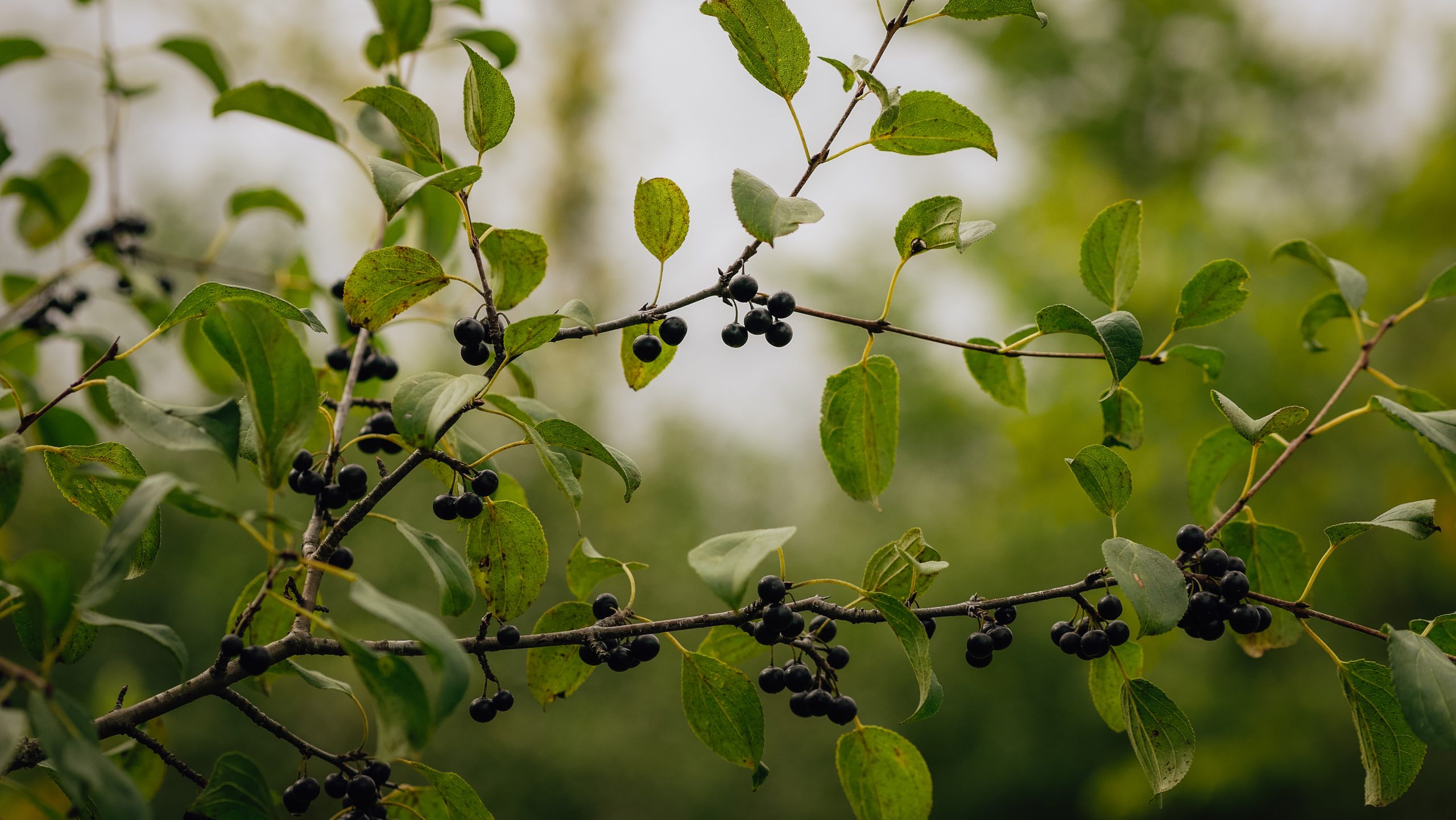For the Love of Our Landscapes
Manicured Gardens and Lawns
For so long, most western societies have valued groomed lawns and manicured gardens; those considered beautiful for their lack of weeds, crisp edges and often symmetrical landscaping. Having lived in urban areas most of my life, it wasn’t until moving to the Bruce Peninsula that I felt a sense of belonging, being surrounded by many other wild and weedy places. However, as our climate continues to change, more and more people are in search of ways to change course from the predicted direction we are headed for.
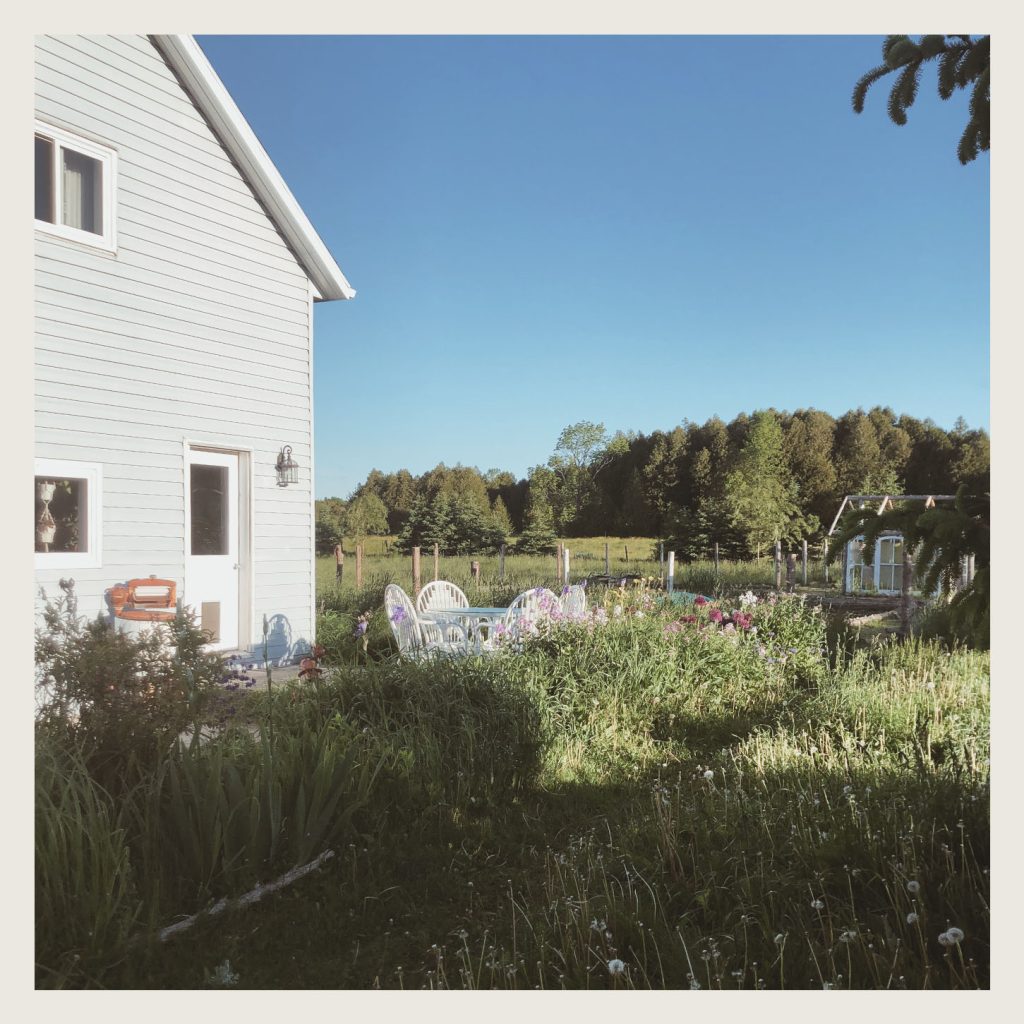
Depending on where you live, some of these impacts may be more noticeable, and in other places, less so. However, on a global scale, many parts of the world are experiencing the effects of rising sea levels, extreme temperatures and warming oceans. Our climate here in Canada is warming twice as fast as the global average. Biodiversity and habitat loss may also be observed, as the conditions of our own health continue to change, while the landscapes around us do too.
Though there are many clever and remarkable ways conservationists are trying to slow the pace of climate change (including the implementation of nature-based solutions and other effective area-based conservation measures), recognizing that many individuals and organizations are implementing strategies to reduce waste and emissions, I would argue that now is time for a change of narrative and for redefining the admirable qualities of the lands that surround us. Whether it be our backyards, community gardens or city parks, these are all opportunities to work together in support of a regenerative way forward, paying respect to every element of life that can help us fight climate change.
Of course, allowing for a wilder landscape is only one of the many actions we can take, it is one that has a cascade of positive outcomes. By creating these naturalized spaces, more land is being added to wildlife corridors (which can exist in different scales and ways), where all forms of life — mammals, birds, fish, amphibians and reptiles — can migrate, feed and drink, and we are connecting more habitats for them to move through as they continue through their different stages of life. Corridors may not have to be continuous, large or perfect to still help.
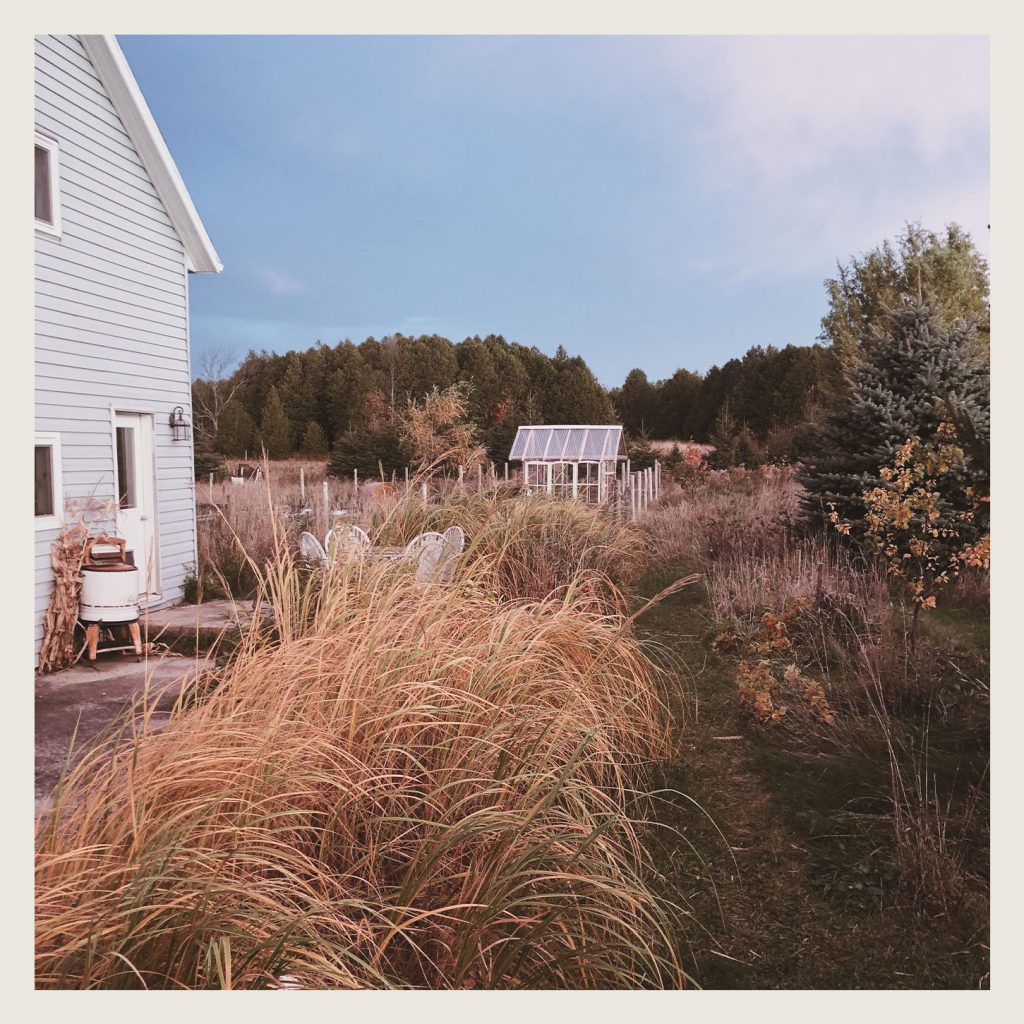
A part of my lawn where only a walking path is mowed and other tall grasses, asters, black-eyed Susans, and more are allowed to flourish
The Impact on Our Own Land
Living in a household surrounded by a naturalized lawn on the Bruce Peninsula of southwestern Ontario, I’ve witnessed these words that I share come to life. Since mowing only enough space for walking paths, planting a vegetable garden and a firepit, my family and I have been able to give back just under half a hectare of land to nature in hopes of creating a small, but thriving, ecosystem. The birdsong, combining melodies of meadowlarks, buntings, blue and blackbirds, sparrows and robins, cheers us along, as we continue to tend to the abundance of new-to-us species — black-eyed Susan, common yarrow, gray goldenrod, and a colourful variety of asters (to name but a few). Though this requires some work, these efforts promote a yard that is, in many ways, self-sufficient.
Another approach to consider is creating a food forest, or planting a diverse array of edible species, in an attempt to mimic the ecosystems and patterns found in nature. This will typically include canopy layers of fruit and nut trees, berry bushes and shrubs, herbaceous plants valuable for food and medicine, ground covers, and, at the root layer, fungi and harvestable root vegetables (this is also a great opportunity to learn what’s native to your area, and to incorporate habitat for species at risk). This concept considers the many necessary layers for maintaining symbiotic relationships, from the tallest tree to the ground below while also creating food for those doing the planting and the species passing through.
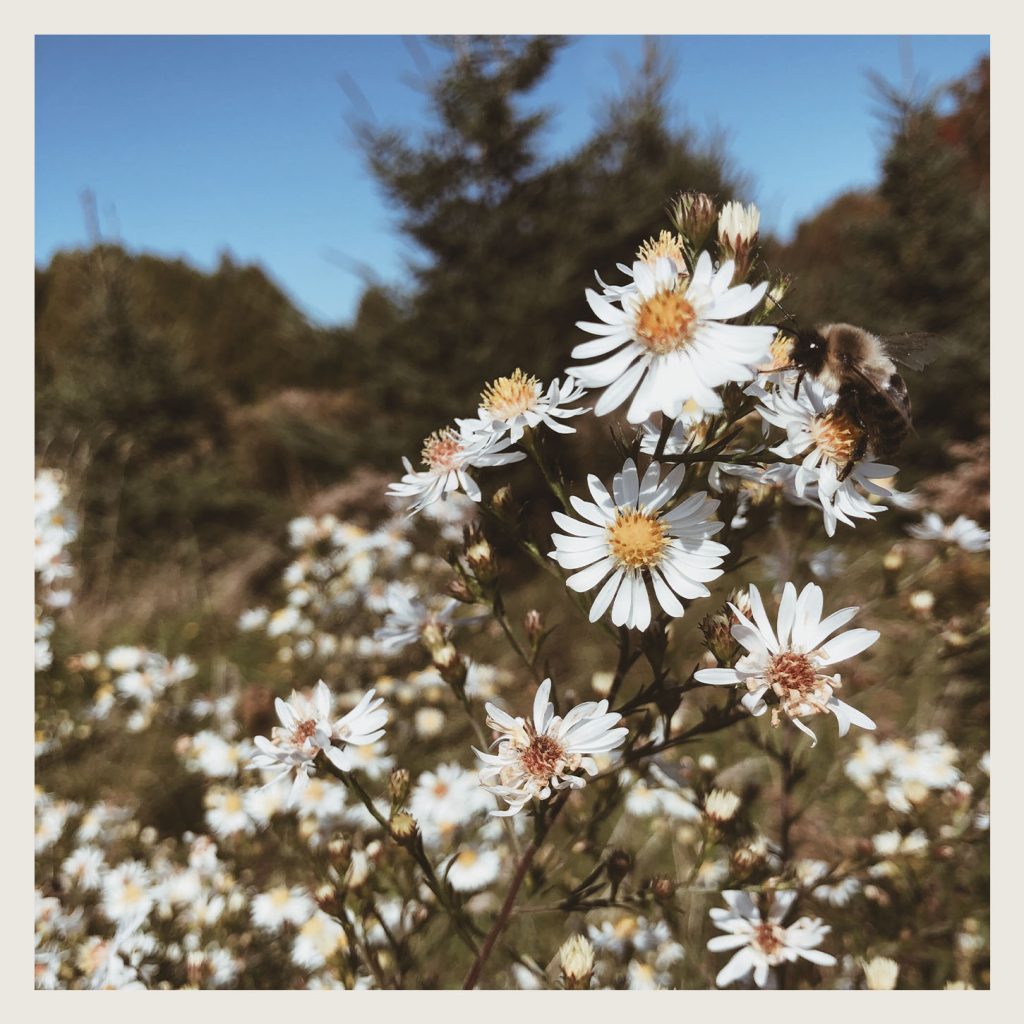
In some cases, municipalities have bylaws about what you can do with your outside areas, ensuring you meet a standard or level of care throughout your subdivision or community. Finding out what policies exist can be a great way to spark change.
Other Ways to Contribute
All this said, more and more people today are taking up residence in urban areas, including suburban neighbourhoods with little to no backyard, condos and apartments, group and community housing. This doesn’t mean you can’t make a difference, though! Along with starting conversations and sparking change, community gardens are another great addition to wildlife corridors, and they usually start thanks to the efforts of one or few people. This can be a great way to build community in an effort toward a viable and more biodiverse future, which will further awareness of the importance of maintaining our greenspaces.
Change doesn’t happen overnight. I encourage you to take a look around you. See the landscapes, both large and small, as opportunities to create food, habitats and pathways for those we share our world with, and remember that we are only as resilient as our ecosystems.
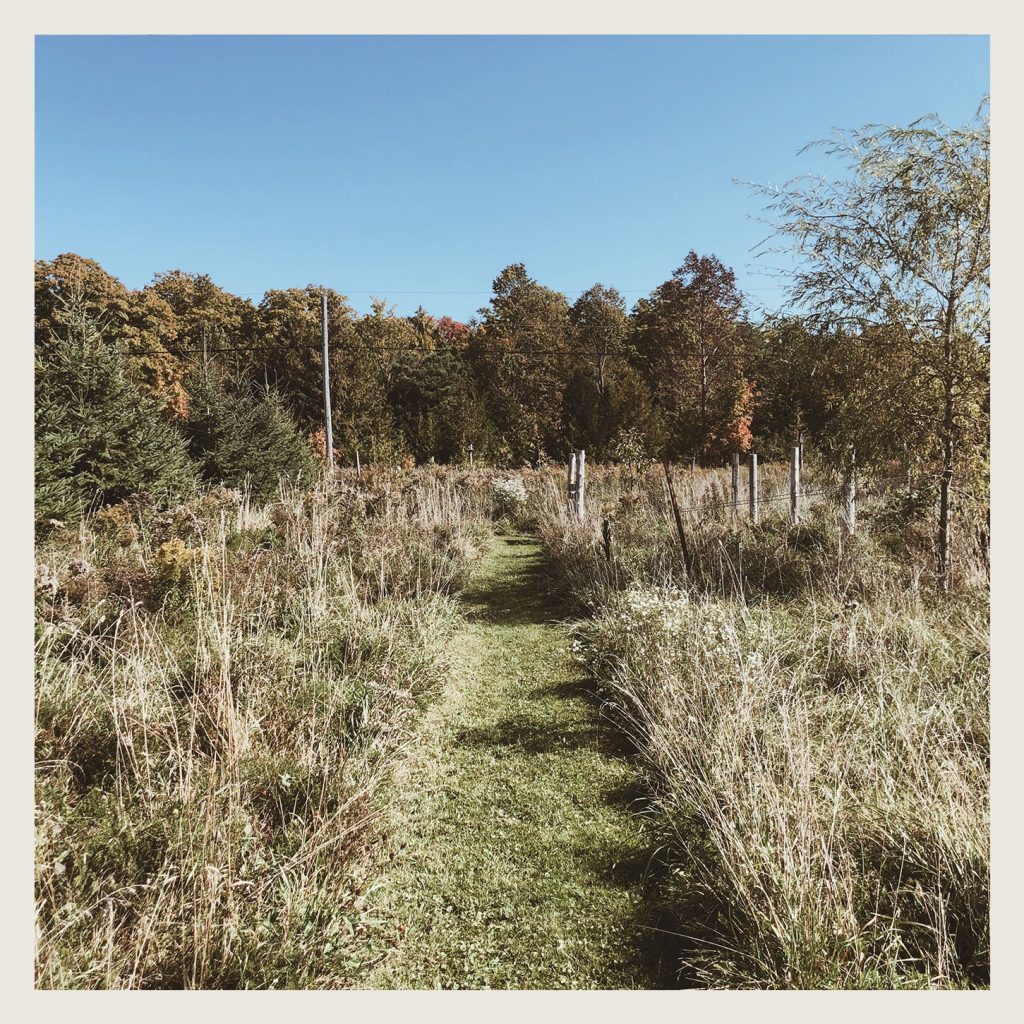
Photos Provided by Chelsea Vieira
Old Fence Rows and Buckthorn
Spring is Ever Drawing Nearer
My fingers are itching to be in the earth once more – to sow and plant — bringing me into a deeper connection with the Earth once more. Our seeds have all been delivered and our trees ordered, and we are already busy here on the farm. The sugar shack is getting a new wind break and the chainsaw is sharpened and ready to go. With the snows melted and frost still in the ground it is the perfect time of year to work away at controlling the invasive Buckthorn.
As many of you know, besides being a clinical herbalist, educator and tea blender extraordinaire (a tea nut to some), we are a botanical sanctuary member of United Plant Savers. Gifting back to the Earth, thankful for all she has gifted us, especially plant medicine. So, we have been busy planting and rewilding for over thirty years now. Our goal is to plant as many endangered and native medicinal plants and trees as we can each spring and fall.
Over the years, we have had a few comments about the non-native species growing and thriving on the farm, people encouraging me to consider digging them all out, eradicate the invasive species from the land.
(Invasive species: “An organism that is not indigenous, or native, to a particular area.”)
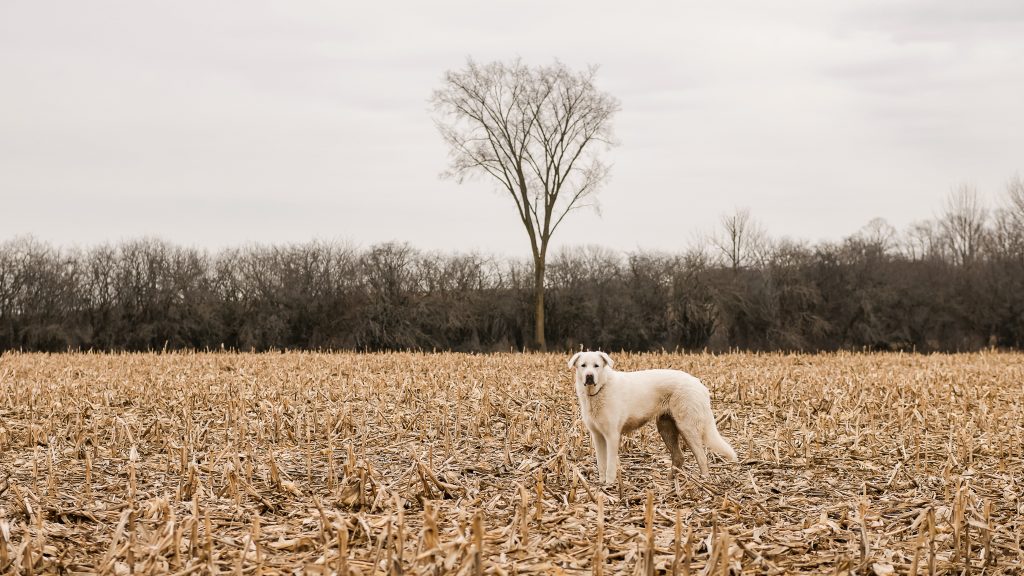
This is easy to say for a person who is not doing the ‘work’ or not possessing a strong love for all who grow and live on these one hundred acres of land. Do we cut down non-native trees, who’s limbs hold nests of baby birds? Do I pluck every Plantain plant from the land? Do we dig up the lilacs brought with the pioneers, that still grace this farmstead — reminders of days gone by? What about her fragrant blossoms that the pollinators seek out each spring? Think about the connection they have already formed to this land.
What about the invasive species that take over an area and swallow up what was there before? These I am trying my best to keep in check and harvest freely for medicine — Phragmites and Garlic Mustard, recently appearing. But Buckthorn is a different story – she has literally kept me awake at night – how do I handle this undesirable invasive small tree?
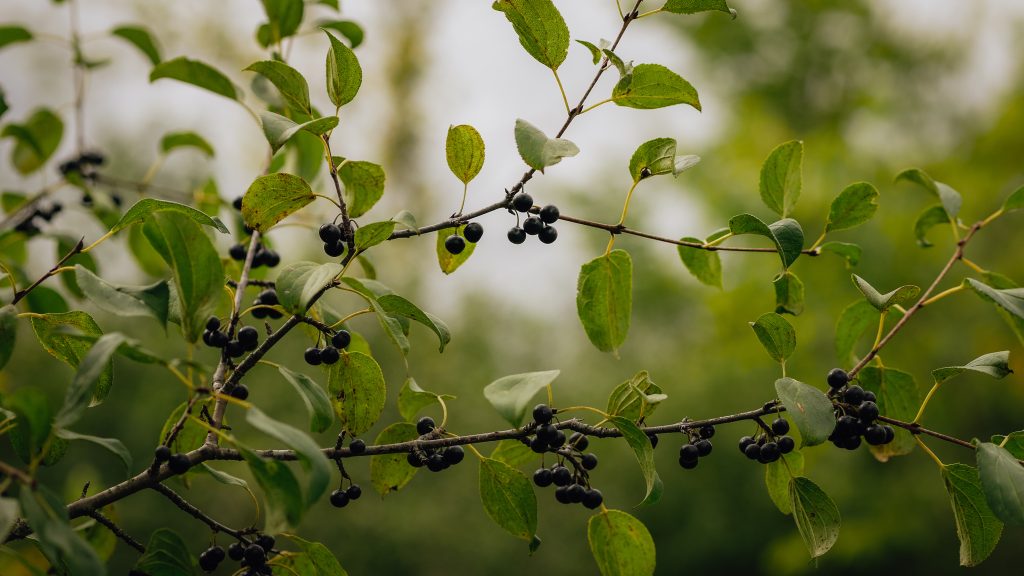
Description of Buckthorn:
Buckthorn’s main stem is erect, with bark smooth, of a blackish-brown colour, on the twigs ash-coloured. The smaller branches generally terminate in a stout thorn, giving it the name Buckthorn. There are many older names by which this shrub has been known: Waythorn and Highwaythorn. The leaves grow in small bunches, mostly opposite. They are egg-shaped and toothed on the edges, small greenish-yellow flowers are produced, which are followed by globular berries about the size of a pea, black and shining when ripe, and each containing four hard, dark-brown seeds.
Medicinal Action and Uses of Buckthorn
Laxative and cathartic.
The berries are used medicinally, collected when ripe and made into a syrup of Buckthorn, which was used as an aperient drink.
Until late in the nineteenth century, syrup of Buckthorn was a most favourite remedy, used as a children’s laxative, but its action was so severe that, as time went on, the medicine was discarded. It is now used almost exclusively in veterinary practice only, being commonly prescribed for dogs, with equal parts of castor oil as an occasional purgative.
Nature’s Wildlife Highway
Buckthorn was brought here with the European settlers as an ornamental bush and to line fencerows. Keeping livestock in and to serve as much needed windbreaks for the newly cleared land. Some people may only see Buckthorn when they look at these old hedgerows, but there, amongst their midst, if you look much deeper you will see the Birch, Wild Apple trees, Maples, Mountain Ash, Basswood, Aspen, Puff balls, Morels and blankets of our beloved woodland flower, the Trout Lily – which takes over seven years to receive her first bloom!
The hedgerows on our farm are over one hundred and twenty-five years old, deep within the bushes and trees are the remains of old rotting cedar zig zag rail fences, that once marked the property boundaries. These rails now offering homes for small critters and insects, slowly decomposing and feeding the soil, and nurturing the surrounding plant life. These fencerows provide wildlife with shelter and food, and well used trails for safe travel. Connecting the travelers to other fence rows and more trails. We can’t forget the help these hedgerows gift our pollinators as well, with over thirty Wild Apple Trees — all a blossom in the spring and a buzz with life. Providing rich pollen and nectar that our bees use for nutritious food and to make their honey. Many of these old fencerows are being cleared on neighbouring farms. Cleared for more workable land and giving the huge farm equipment of today more room to maneuver with ease. Saving the farmer’s valuable time, but at what cost to our wildlife?
Do I dare disturb this delicate ecosystem? Do I disturb the hidden trails within – taking the safety from the Deer, Coyote, Fox, Wild Turkey, Lynx, Fisher, Bear, and many other creatures who frequent these paths. Buckthorn has been a crucial part of the hedgerow, nurturing the young trees and plants. With connections like these the decision is easy, my intuition has always known, the Buckthorn filled fencerows will NOT be disturbed in any way.
This is my heartfelt commitment to this land.
“Look deep into nature, and then you will understand everything better.”
~ Hans Christian Andersen
Photos Provided by Serena Mor


